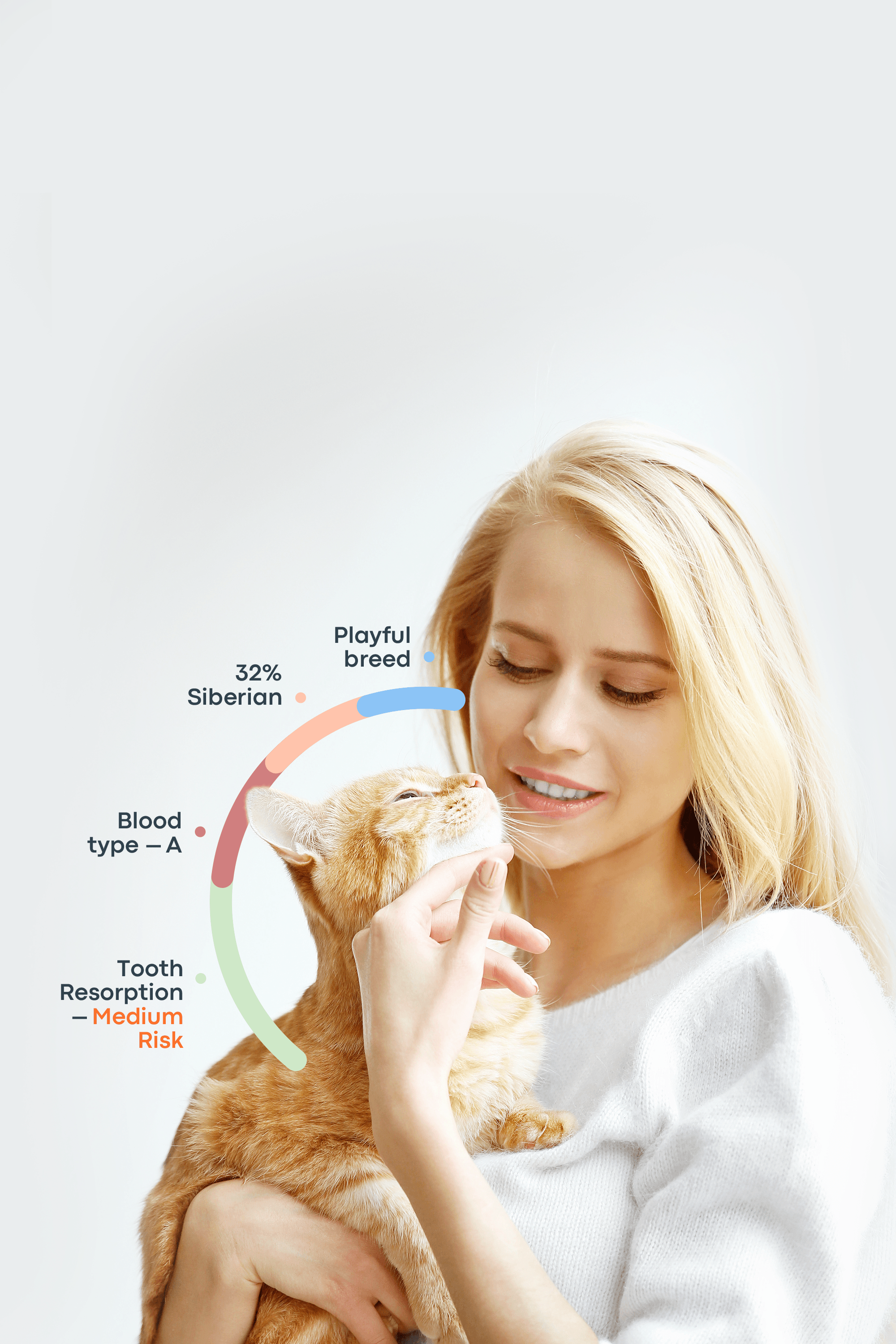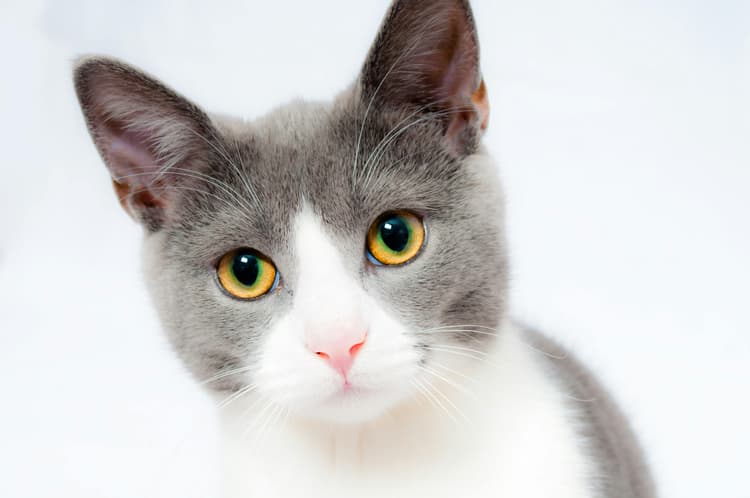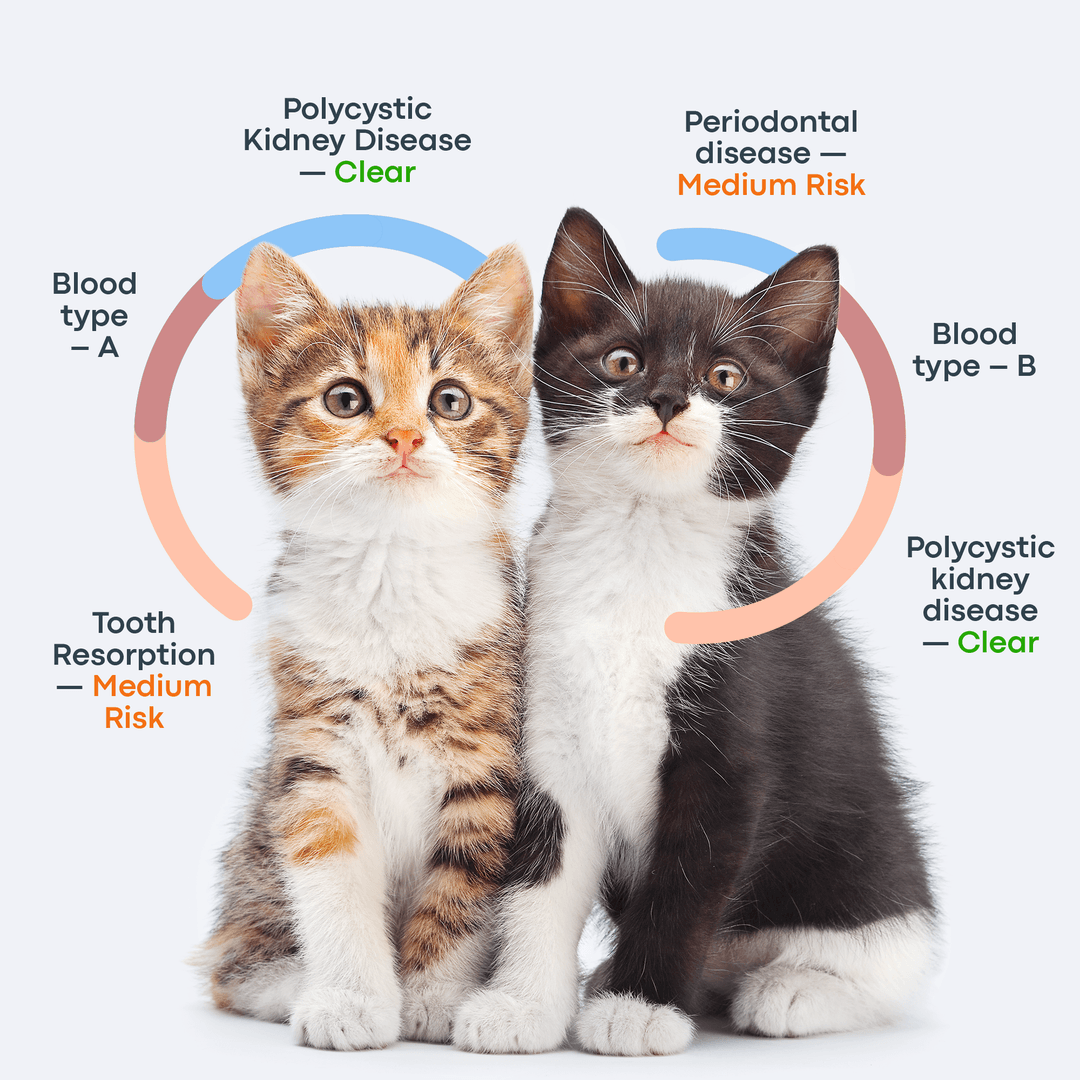Introduction: Do Cats Like Music?
We naturally consider music to be a universal language because we are human. It can help us establish connections with others and our environment. It can even help us create a bond with our pets. Some owners even play music for their animals when they leave home. The hope is that it will calm them or entertain them in the owner’s absence. However, do cats enjoy music the same way we do?
Numerous recordings of cats responding to sounds in different ways have gone viral. While some seem cool and collected, others seem uninterested or even upset. Some cats may even respond by purring or rubbing against speakers when a particular tune is playing. But the question remains. Is music just for humans, or can cats enjoy it too?
Why Human Music Doesn’t Work for Cats
The answer to whether cats enjoy music begins with understanding how cats perceive sound differently from humans. To put it simply, human music doesn’t exactly align with the auditory range of cats. Humans enjoy melodies created with our vocal range and rhythms based on heart rate and emotion. Cats have an entirely different set of auditory preferences. This is why Cats Protection suggests that felines like music that is specifically produced for them.
Humans generally hear sounds in a range of 20 Hz to 20,000 Hz. For felines, this range is 45 Hz to 64,000 Hz. In a nutshell, they hear much higher frequencies than us and are much more sensitive to high-pitched sounds. This difference is why human music doesn’t appeal to cats in most cases. Music composed for humans is typically created with instruments and tones that may be too low or too high for cats to properly enjoy.
Imagine trying to understand a song in a language you don’t speak. You may recognize the rhythm and melody. Yet, you won’t be able to connect with the deeper meaning or enjoy it in the way it was intended. For cats, human music might feel similarly unfamiliar and disconnected.
Cats and music also differ in their processing of rhythms and tempos. Music that we enjoy has a structure that relies on human vocal range, tempo and emotional expression. This is especially true for classical or modern tunes. Cats process sound in a way that is more attuned to their natural environment. In short, human music doesn’t quite align with the way cats interpret and respond to sound.

What Is Species-Specific Music for Cats?
Given the auditory differences between cats and humans, it’s clear that species-specific music designed for cats might be a better choice. There has been growing interest and research into how to create music that aligns with a cat’s natural sound preferences.
Research Backing It Up
There is a scientific basis behind how cats and music interact. Several studies have explored the effects of music on cats. The results show that species-specific music can have a positive impact on their behavior.
A study published in Applied Animal Behaviour Science in 2015 confirms this view. Researchers found that cats showed a preference for music specifically designed for them. This was preferred over silence and human music. This type of music uses special frequencies and rhythms. Cats naturally respond to these. Sounds of purring or suckling are some examples.
A study published in Journal of Feline Medicine and Surgery in 2019 looked at how different sounds affected cats in a veterinary setting. The researchers found that when species specific music was played, they were calmer and less stressed. In comparison, when there was no music or when human music was played, they were anxious. These studies suggest that cats prefer species-specific music.
Meet the Composer: David Teie
David Teie has done amazing work in this regard. He is a soloist for the National Symphony orchestra that partnered with animal scientists to create a groundbreaking collection called Music for Cats. David Teie's music for cats is designed specifically to appeal to feline auditory preferences. He used tones that mimic the comforting sounds of a cat's natural environment. For instance, Teie uses noises such as purring or suckling, which taps into a cat's instincts and offers them a sense of security.
Teie’s music was tested and found to have a positive impact on cats. This was particularly true in stressful environments like veterinary clinics or animal shelters. His compositions have been used in various settings to help cats relax and reduce anxiety. His work highlights the idea that music is not just a novelty. It is an important tool for improving feline well-being.
What Kind of Music Do Cats Like?
Yes
Classical Music. Mozart and Beethoven are gold, considered calming for cats. Melodic compositions can have a calming effect. Classical music has gentle rhythms and harmonies. It works well with a cat’s hearing range. The result is a peaceful, zen atmosphere.
Ambient Sounds. Soft music is soothing for humans and cats alike. Sounds like wind, rustling leaves, or flowing water work well. These mimic the natural environment and are calming.
Purring-Style Composition. It is best to mix in purring-like tones for cat music. Another good idea is to use the rhythmic sounds of suckling. These sounds mimic the calming vibrations that cats associate with their mothers. Nothing makes a cat feel safer than being close to their mother.
Maybe
White Noise. Soft white noise can help drown out background noise. Background noise often stresses out your cat. The hum of an air purifier or the gentle sound of a fan is ideal. While not technically music, these sounds are steady and repetitive and help the cat relax.
Rain Sounds. The sound of gentle rain can be soothing to some cats. The steady rhythm of rainfall creates a sense of calm and security.
No
Heavy Metal. Loud, fast, and aggressive genres are a bad idea. Heavy metal music is unlikely to appeal to cats. The erratic rhythms and intense bass can agitate them. The high-pitched screeching sounds will overwhelm any feline.
Techno or EDM. Fast-paced beats and high-pitched tones are generally too intense for cats. These include techno or electronic dance music. These genres may cause stress due to the rapid changes in rhythm and volume.
Bass-Heavy Music. Music with heavy bass can be discomforting to cats. Cats do enjoy some low-frequency sounds. However, deep bass tones can be jarring and unsettling.
Music Type | Cat-Friendly? | Why / Notes |
Classical (e.g., Mozart, Beethoven) | ✅ Yes | Calming rhythms, soft tones mimic cat communication |
Ambient / Nature Sounds | ✅ Yes | Mimics environment or feline vocalizations |
Purring-style Compositions | ✅ Yes | Specifically designed for feline auditory range |
White Noise (e.g., fan, air purifier) | 🤔 Maybe | Can mask disturbing sounds but may bore some cats |
Techno / Bass-Heavy Music | ❌ No | Erratic, loud, may cause stress |
Heavy Metal | ❌ No | Too aggressive, often uncomfortable for feline ears |
When to Use Music for Your Cat
Music can be a powerful tool for reducing stress. It provides comfort in various situations.
During Loud Events (Fireworks, Parties, Storms). Loud events can be frightening for kitties. These can be fireworks, thunderstorms, or large gatherings. Cat calming music can help drown out the noise. They get a sense of calm and thus relax.
For Separation Anxiety. Many cats experience anxiety when their owners leave. Playing calming music for cats can help alleviate stress. They do not feel so alone and are comforted in your absence.
At the Vet or in Carriers. A trip to the vet or traveling in a carrier can be stressful. Playing soothing music can help take the edge off. It also reduces the anxiety that often comes with these experiences.
For Enrichment in a Quiet Home. A house that is too quiet can give anxiety. This is even true for some humans. Playing music in the background is a great solution. It can provide enrichment for your cat. They feel more comfortable and engaged with their environment.
Signs of Stress and Relaxation in Cats
Stress | Relaxation |
Dilated pupils | Soft, slow blinks |
Ears flattened or turned sideways | Ears forward and relaxed |
Tail flicking, lashing, or thumping | Tail loosely wrapped or gently swaying |
Hiding under furniture or in corners | Seeking affection or sitting nearby |
Hissing, growling, or vocal distress | Gentle purring |
Over-grooming or no grooming at all | Calm, regular grooming |
Crouched posture, tense muscles | Stretching out or loafing comfortably |
Avoiding food or water | Normal eating and drinking |
How to Introduce Music to Your Cat
It is important to do so gradually. This will prevent overwhelming them. Here are a few tips to help your cat adjust to new sounds.
Start with Low Volume. Cats have sensitive hearing. It’s important to start with low volume. Gradually increase the volume if your cat seems comfortable with the music.
Use During Calm Moments. Introduce music during times when your cat is already relaxed. The ideal scenario is when they’re resting or enjoying quiet time. Avoid playing music during stressful moments, such as when you’re leaving the house or when your cat is anxious.
Watch Body Language. This is the main method of communication for most cats. Purring, ears forward, eyes half-closed means they are interested. It’s a good sign showing that they’re enjoying the music. Tail flicking, hiding, ears pulled back indicate agitation. It may be best to turn the music off.
Provide Escape Routes. The cat should have access to quiet spaces. They should be able to retreat if the music becomes overwhelming. Not all cats will enjoy music all the time. Let them have the option to escape.
Conclusion: The Sweet Sound of a Happy Cat
In conclusion, do cats like music? The answer is that it depends. Music may not be universally enjoyed by all cats. Still many cats do respond positively to music that aligns with their natural auditory preferences. It’s about finding what works for your cat. According to Feliway, music can help reduce stress in cats. It soothes them and provides comfort. It can even contribute to a peaceful home environment. Ultimately, the most important melody is the sound of your cat’s contented purring. It is a sign that you’ve found the right soundtrack for their happiness.
Frequently Asked Questions
What kind of music calms cats?
Music that often calms cats includes soft and soothing melodies. Classical music with gentle strings and piano compositions, as well as nature, sounds like birdsong and rain, are known to have a calming effect on many cats.
Does my cat enjoy listening to music? Are cats interested in music?
Cats' interest in music varies. Some show curiosity or relaxation in response to certain types of music. Others remain indifferent. Individual preferences play a significant role.
What kind of music do cats like to listen to when sad or happy? Do cats enjoy soft music?
Yes, many cats enjoy soft music, particularly if it has a gentle and melodic quality. And it could be very beneficial when the cat seems sad. Soft music, such as classical compositions and lullabies, can create a calming atmosphere for cats.
Do cats like frequency music?
Cats may have varying reactions to music with different frequencies. Soft and melodic music is more likely to be enjoyable. In contrast, music with high frequencies or loud, jarring sounds can upset them. Individual cat preferences should be considered.
Do cats like singing?
Some cats might find your singing soothing, while others remain indifferent or slightly annoyed. It's a matter of feline preference!








